With Valentine’s Day just around the corner, I want to share with you ways you can grow romantic flowers to sensationalise recipes. Edible flowers are both a decorative and nutritious way to enhance your food into all-singing, all-dancing dreamy dishes.
Picking posies
Not all flowers are edible, and there is no set rule for identifying which ones are, so it’s best to stick to recipe whenever using new ingredients like this. Don’t go using your cut flowers, like the bouquets you would receive on Valentine’s day, it could end in disaster. Only flowers that have been grown specifically for the purposes of eating (just like with vegetable crops), and therefore are not contaminated with preservatives or chemicals, are safe to eat.
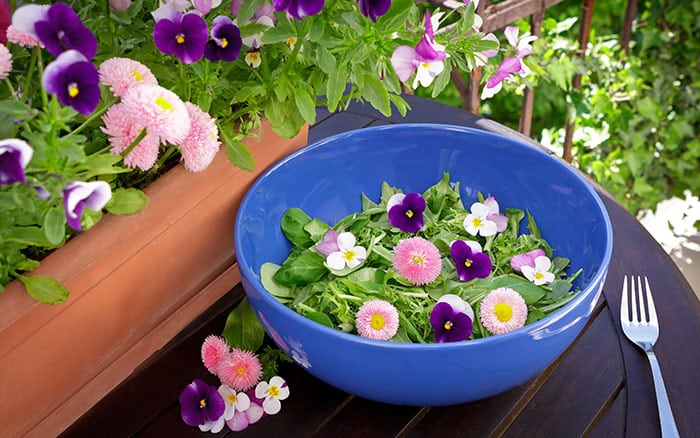
Buds that boost
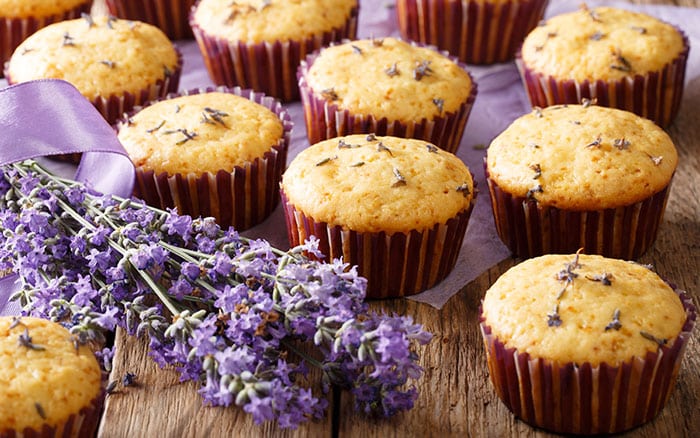
The health benefits of a varied diet are numerous; incorporating foods from a wide range of groups like fruits, vegetables, herbs, and even some flowers, are all good for us. Flowers have been used to flavour food across the world for centuries. In the UK, we’ve typically used chamomile and lavender to enhance both sweet and savoury dishes. But, why should it stop there? Most edible flowers will supply vitamin C, like nasturtiums—which also deliver vitamin D to your diet. Both of these vitamins deliver great immune support for your body.
It’s not just vitamins that are on offer, flowers contain minerals to better your health too. Chrysanthemums and violas are two edible flowers which give a kick of potassium to your meal, supporting heart and muscle function. While borage provides iron to oxygenate your blood and maintain energy levels. Unlock this world of floral fuel and it could do wonders for your wellbeing!
Full of flavour
Like other ingredients, flowers will bring their own flavour. Begonia flowers can be eaten raw and have a citrus / sour taste and might be added to complement fish dishes for the specific flavours they bring out. Wild garlic flowers taste just garlic, so they’re really versatile in savoury dishes.
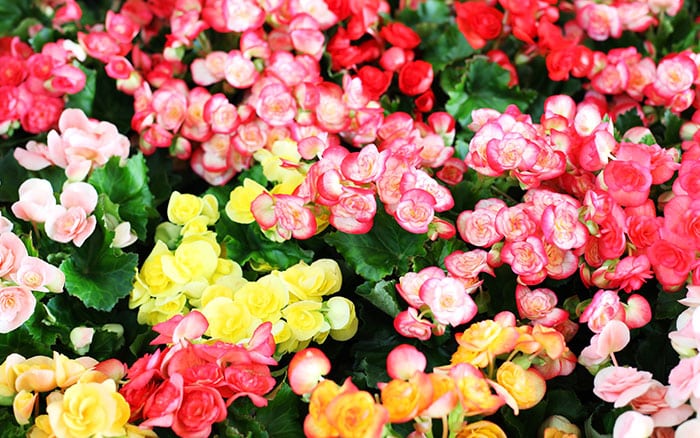
Many rose petals are edible and have a slightly fruity flavour that can be used to make syrups or jellies; honeysuckle, as the name implies, has a sweet honey taste, while the highly scented jasmine flower is used to flavour rice to great effect. But the herbal heavyweight is hibiscus, which is already used to flavour many fruit teas. Its flavour is tart, almost-cranberry like, and gives off a deep red-violet colour that mimics that of a cabernet.
A floral flourish
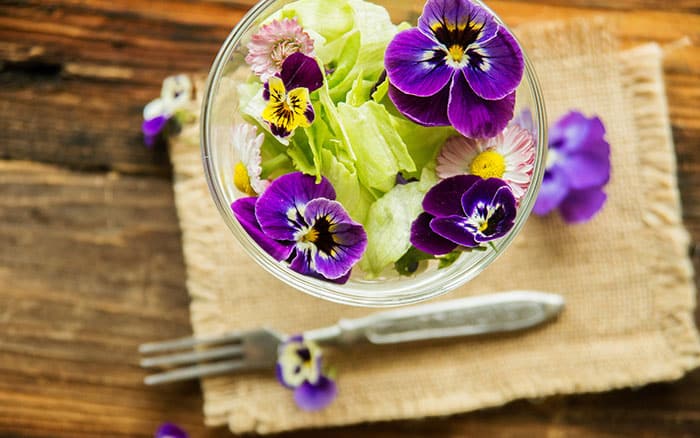
You can think of flowers in your cooking the same way you view herbs and spices—they add a little something but aren’t the bulk of the recipe. To that end, you can just use flowers as decoration, and they’ll look really breath-taking. You can cook almost anything and include ornamental flower petals as a finishing touch. The bright blooms of pansies are fantastic when added to the top of a summer salad. They give a pop of colour and taste really great too. You often see this at weddings because it’s a really romantic way to finish off a dish and is also something a bit out of the ordinary if you’re looking to impress.
Plants to taste
When we consume food, we don’t just enjoy the taste. A lot of things factor into whether we enjoy a meal or not. Cornell University found that taste, odour, touch and visual signals – as well as emotions and past experience – play a part in the perception of how our food tastes. So, as colour and texture contribute to our perception of whether food is enjoyable, flowers should reign supreme.
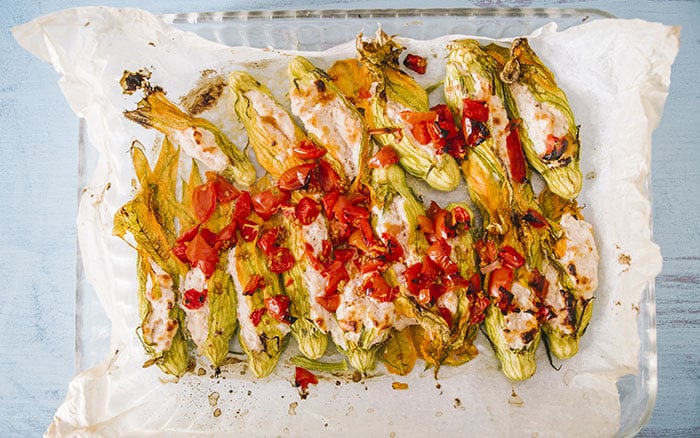
Try to first identify the colours and textures of the meal and match the right floral garnish to it. Cool purples and blue petals will look great matched with green vegetables, for instance. And soft curling petals add a delicate texture to their natural crunch, while a smooth pasta dish may benefit from a crisper floral contribution, like deep-fried courgette flowers. Courgette flowers are actually very versatile. You can coat them in honey and vinegar, or stuff with cheese and herbs—much like you would stuff a mushroom or pepper.
In-season for supper
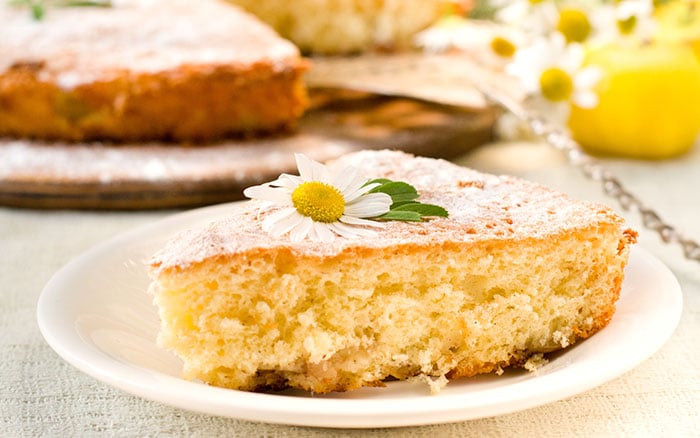
Right now you can take advantage of blooms like violas and pansies which are ready to be picked. I love the bold bright colour of pansies flowerheads sat atop pasta salad dishes. Or try them on sweet goods like meringues and this works really well.
You can grow chamomile or lavender indoors on a sunny windowsill and add their warm and floral notes to baked goods or infuse their flavour into jams, preserves or cakes. Then, preserve edible flower petals in oils and vinegar and store them in an air-tight container.
Tip:
Try placing white cut flowers in coloured water
the water travels up the stem to the petals
which become coloured like the water.
So, shake up Valentine’s plans and dinner dates hereafter with fabulous and fragrant flowers, for a meal that’s well and truly dressed to impress.
Happy gardening everyone!
Reader questions
My wormery has stopped decomposing food, why is this?
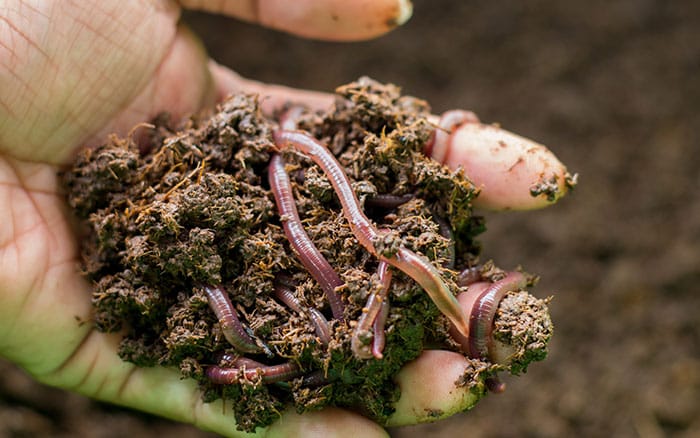
As the weather turns colder, the worms in your wormery become less active. Insulate their enclosure and they’ll create compost that much faster! It’s also important to avoid adding citrus, spicy foods or anything from the onion family, as the worms don’t like them.
Can I use the old potatoes from my cupboard to grow new ones?

The white sprouts that appear on old potatoes are growing new crops, but don’t use them. Instead, buy garden centre ‘seed potatoes’ – which are specially bred to withstand pests, diseases and for great taste. Buy a variety that’s suited to your growing conditions and chit them to extend the growing period and for higher yields.
David Domoney is a Chartered Horticulturalist, Broadcaster, and Author. David has worked with a number of the UK’s leading garden retailers as a plant buyer and strategic consultant. With more than 30 years experience, in horticulture, David is as passionate about plants now as he was when he bought his first plant at a village fete.

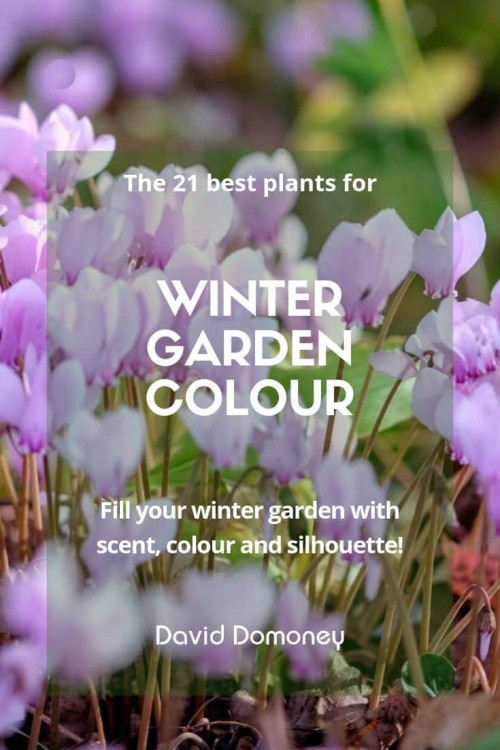
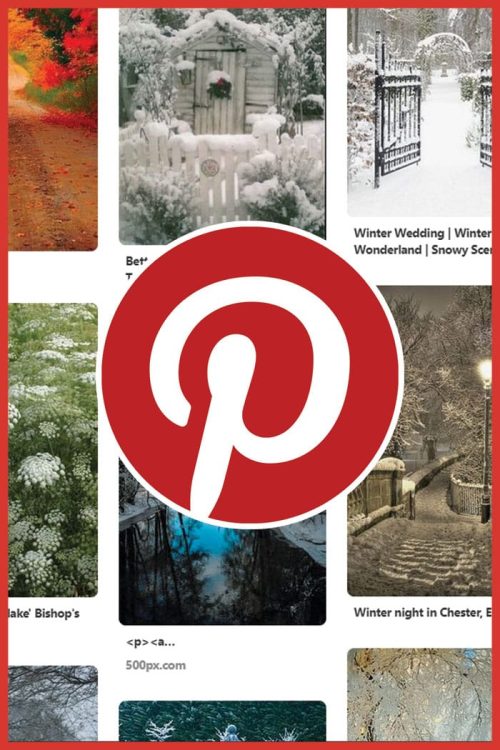

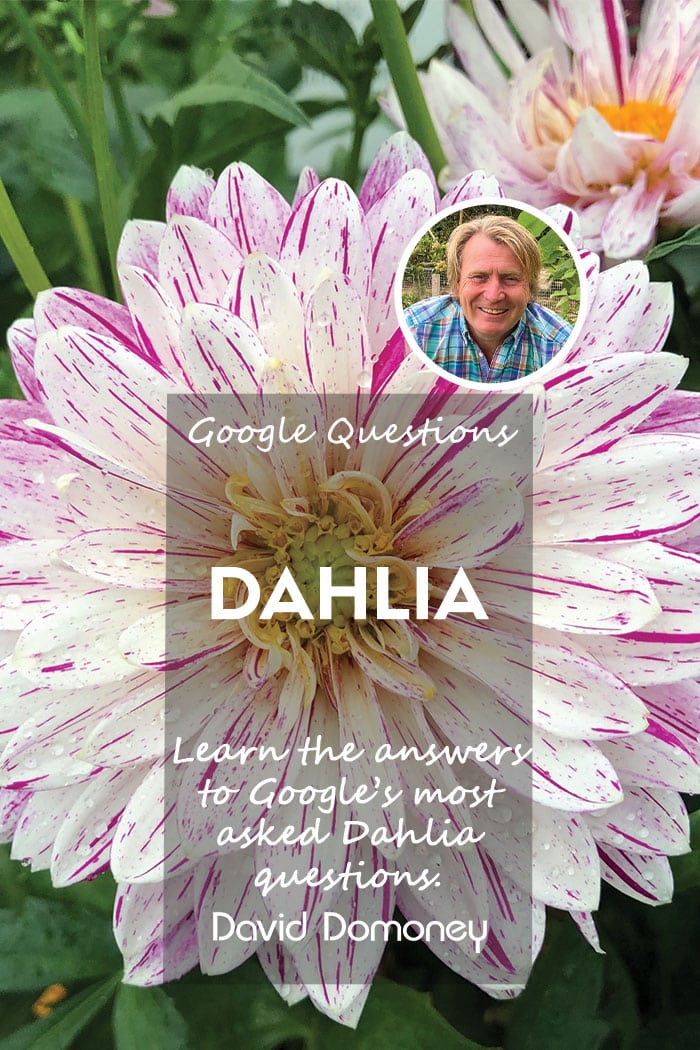
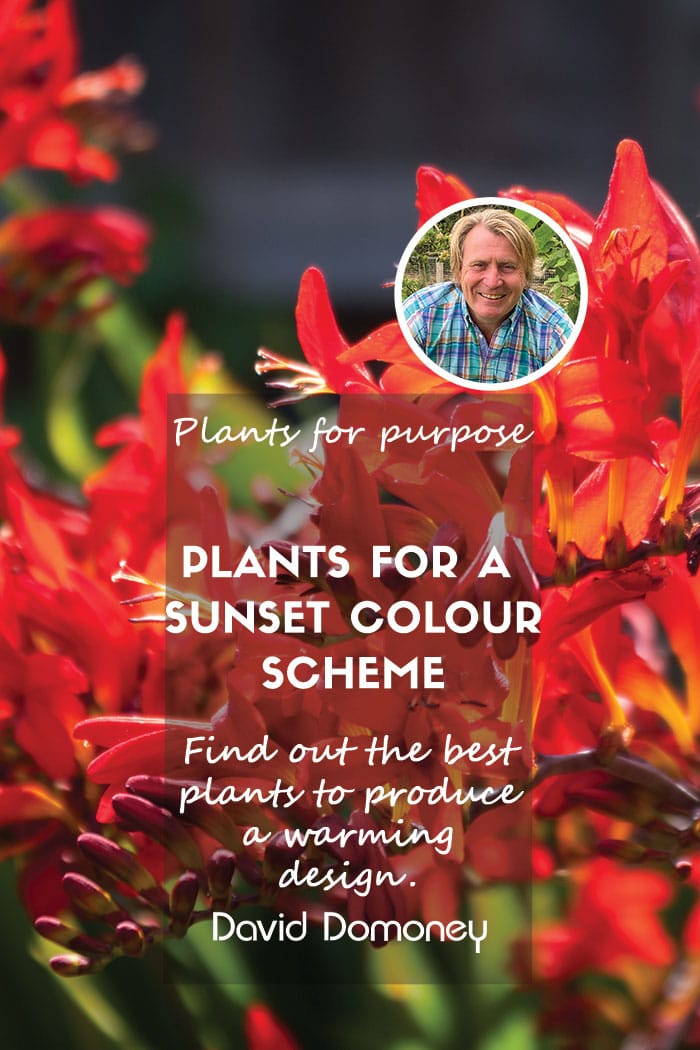
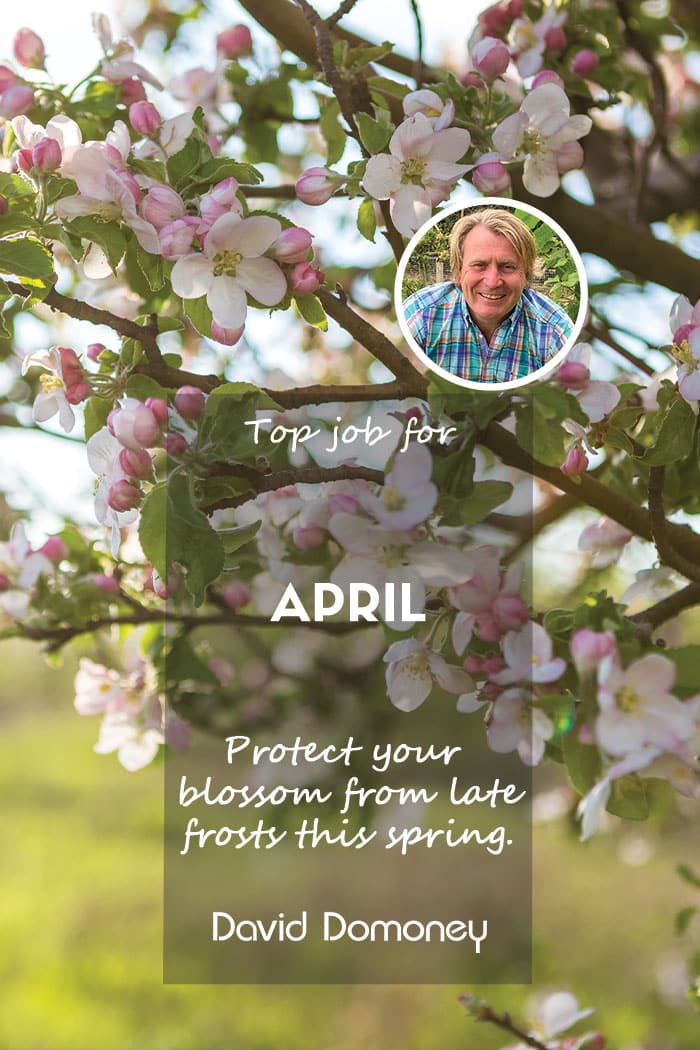
Leave A Comment